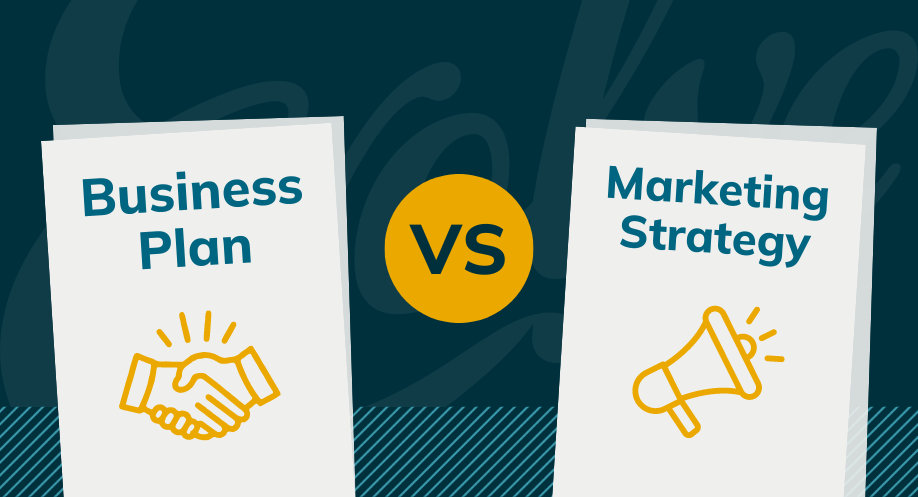To Effectively Compete in Manufacturing, You Need to Market
Companies like Amazon, Apple, and Facebook don’t have to worry about competition in the same way that a mid-sized manufacturer does. They can rely on their global dominance within their fields to control the market. By overpowering or buying up the competition, these companies don’t need to depend on marketing to increase their sales funnel, and if they do, their budget is endless. Once a company reaches this level of elitism, marketing is easy; the company generally markets and sells itself.
Small, mid, and even large-sized companies do not have the convenience and luxury of allowing their companies to market themselves. There are high levels of competition within the manufacturing market across any given geographical area. Manufacturers must outcompete others to remain profitable and grow within their sector.
To do this, you need to know your competition and create a marketing strategy that will get you ahead. Using the following marketing tips, you can start building a comprehensive plan.
- Analyze your competition
- Use SEO and paid ads
- Improve customer retention
1. Visit Your Top Competitor’s Websites
The first thing you need to do is to identify your competitors. You may already have one or several competitors in mind, but there’s a possibility that you have other competitors that compete with you on Google that you’re not aware of.
When analyzing your competitor’s websites, we recommend identifying the following areas:
- What do they highlight on their home page?
- What are the top services or products they offer?
- What is the key action or driver the site is asking people to take? (Make a phone call, fill out a form, download a tech sheet, etc.)
- How does their brand come through?
How Your Website Ranks Compared to Competitors
You can run a simple test to show how well your competitors’ websites perform on search engines compared to your website.
A basic Google search of your top products or services and location will provide a rough estimate of the companies that your business is competing with.
- Search for a keyword or phrase you want your company to show up for. For example, one of your service categories and a location that you serve,
- Scroll down till you find your company’s website. What businesses rank before you? Where does your website show up in the search results?
2. SEO vs Paid Search Competitive Marketing
Now that you’ve identified your competition and understand how their website and business compares to yours, it’s time to take action.
If you are a small or midsize business, aggressive digital marketing tactics can separate your business from the competition. Both SEO (search engine optimization) and paid search provide strategic advantages to boost a business’s Google rankings and provide significant exposure to a broad range of potential customers.
Depending on your company’s goals and level of competition, one strategy will be better suited for your needs than the other. But the best paid and SEO strategy is when they are used together.
What is SEO?
SEO tactics improve a website’s organic page rankings when a keyword or keyword phrase is entered into a search engine. Since most people search for a product or service they need, a company must rank close to the top of a search engine’s list to get in front of their audience.
SEO is a long-play strategy. Most companies that use a holistic approach to search engine optimization see more minor results in the first few months and more significant ROI within six to twelve months. This is partly due to Google’s algorithm and waiting for their bots to crawl and index your new SEO content. But with time comes lasting results.
SEO Advantages
- Targets quality traffic
- Increases awareness and visibility
- Builds branding, credibility, and trust
- Increases website traffic
- Enhances website ROI
- Moves you ahead of the competition
What is Paid Search?
Since getting near the top of the page using standard organic SEO strategies can be time-consuming, paid search speeds up the process. With paid ads, businesses can see measurable, high-quality results more quickly. But with speed comes an increase in investment.
Paid Search Advantages
- Increased visibility
- Higher traffic
- Better prospects
- Detailed analytics
- Better conversion rates
Which is Right for Your Company: SEO or Paid Search?
SEO will improve your site’s performance, but it does take time. A good organic SEO strategy is focused more on long-term results and less on splashing ahead immediately. When SEO is paired with paid search, which is a good short-term strategy, a company can reap both rewards.
Assessing Your Top Competitor’s SEO Performance
If your competitor has a solid SEO footprint, there’s a lot to learn from tracking where they are and how they reached that point. Analyzing your competitor’s SEO will help you understand how they draw people to their site through informative, relevant content.
You can mimic your competitor’s approach to SEO by targeting many of the same keywords that they target. You should also fill in the gaps by covering territory where they’re weak or have no presence.
3. Focus on Customer Retention
As you grow your manufacturing business and expand your competition, it’s critical not to forget your current customers. While some may no longer be your ideal audience, those that are, you need to retain. It costs more to acquire a new customer than keep an existing one. It is also easier to sell to existing customers. They are more likely to buy and spend more when they trust your business.
Engage Your Current Customer Base
Engaging with your existing customer base keeps their interest in your brand. By stimulating an existing customer base, a company is ultimately nudging a customer that has previously purchased to re-purchase.
Some of the best ways to re-engage with your current customer base include:
- Email marketing campaigns
- Customer surveys
- Regular newsletters
- Online communities based on your products
- Retargeting ads
- Promotions
As you engage your customers, take the time to learn from them. Understand what marketing resonates and what doesn’t. With this information, you can personalize your marketing and offer the information and content your customers want. Soon, your competitors’ customers will turn to your business.
The Marketing Guide Manufacturers’ Need
What else can you do to get ahead of your competition? Our team put together a complete marketing guide for manufacturers. Get more tips on how to build a marketing strategy that will outperform your competition.









